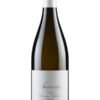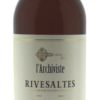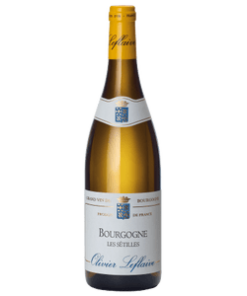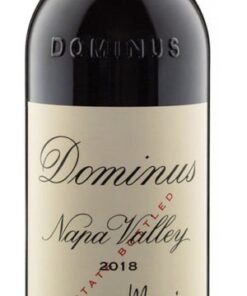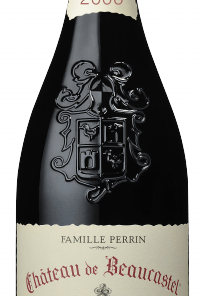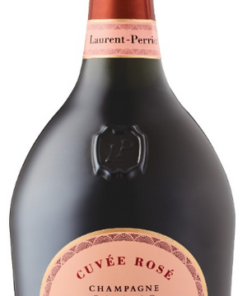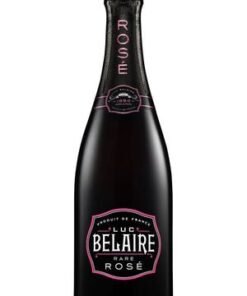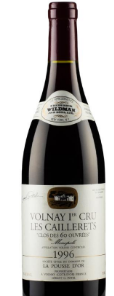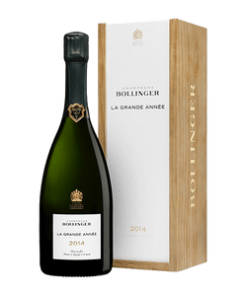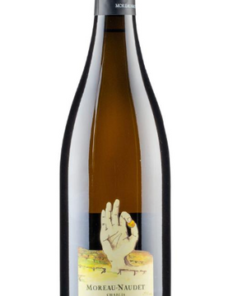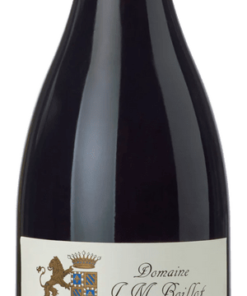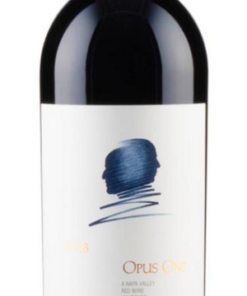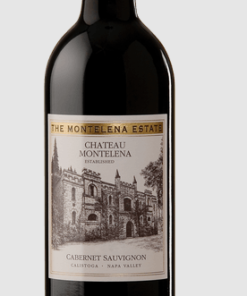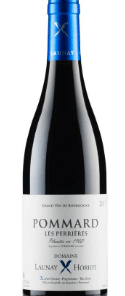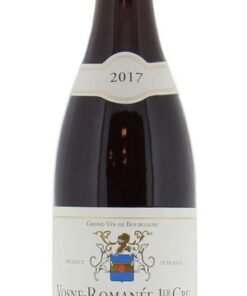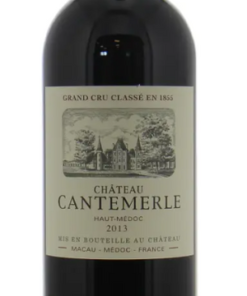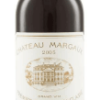2005 | Chateau Margaux | Margaux $2,598.99
$2,598.99
Red Wine: 2005 | Chateau Margaux | Margaux
An extravagantly ripe vintage of Margaux, this has the first-growth scent of a wine at home in its new oak.
Order from the Largest & Most Trusted Premium Spirits Marketplace!
Featured in
ROLLING STONE
MEN’S JOURNAL
US WEEKLY
NOTICE: Many other small liquor store sites may end up cancelling your order due to the high demand, unavailability or inaccurate inventory counts. We have partnerships consisting of a large network of licensed retailers from within the United States, Europe and across the world ensuring orders are fulfilled.
Producer: Chateau Margaux
Ratings: WA | 98 JS | 98
Vintage: 2005
Size: 750ml
ABV: 13%
Varietal: Bordeaux Blend Red
Country/Region: France, Bordeaux


